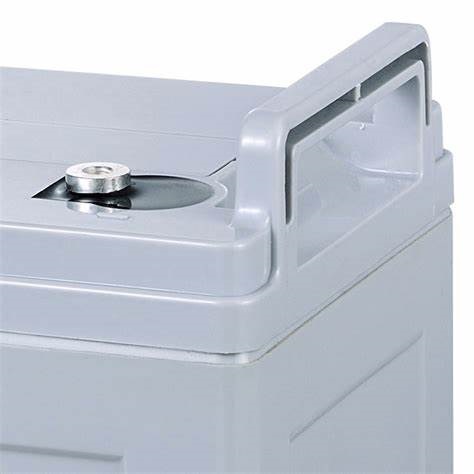A maintenance-free lead-acid battery is a type of lead-acid battery designed to minimize or eliminate the need for user maintenance. Unlike traditional flooded lead-acid batteries, which require periodic checking and topping up of electrolyte levels, maintenance-free lead-acid batteries are sealed and typically do not require the addition of water.
Here are key characteristics and features of maintenance-free lead-acid batteries.
- Sealed Design: Maintenance-free lead-acid batteries are often referred to as “valve-regulated lead-acid” (VRLA) batteries. They are sealed, preventing the escape of electrolyte and reducing the risk of spills.
- Absorbed Glass Mat (AGM) or Gel Technology: Maintenance-free lead-acid batteries can use either Absorbed Glass Mat (AGM) or gel electrolyte technology. AGM batteries have a glass mat separator that absorbs the electrolyte, while gel batteries use a gel-like electrolyte. Both designs help to immobilize the electrolyte, reducing the risk of leakage.
- No Water Topping-Up: One of the primary advantages of maintenance-free lead-acid batteries is that users do not need to regularly check and top up water levels, as is required for traditional flooded batteries. This simplifies battery maintenance and makes them more user-friendly.
- Less Ventilation Requirements: Maintenance-free batteries often have reduced ventilation requirements compared to flooded batteries. This can be advantageous in certain applications where ventilation is a concern.
- Variety of Applications: Maintenance-free lead-acid batteries find applications in a wide range of industries, including automotive, uninterruptible power supply (UPS) systems, telecommunications, and renewable energy systems.
It’s important to note that while maintenance-free lead-acid batteries are designed to minimize user maintenance, they still require proper care and attention to ensure optimal performance and longevity. Users should follow the manufacturer’s guidelines and recommendations for charging, discharging, and overall battery management.


